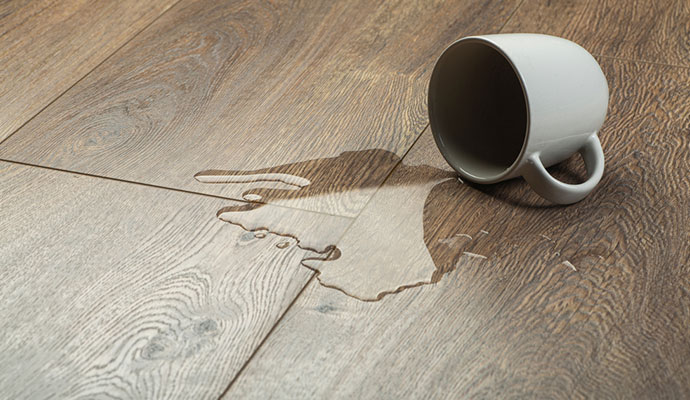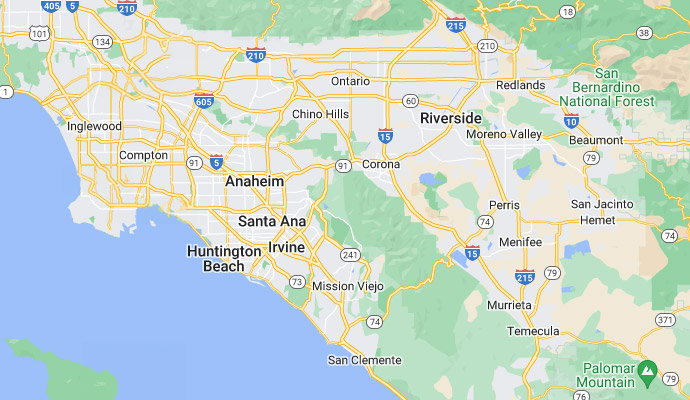
How to Repair Laminate Flooring Water Damage in California?
Laminate flooring is a standard option since it is long-lasting, visually appealing, and, most importantly, inexpensive. It is one of the best floorings since it looks nice and can endure occasional leaks. Laminate flooring’s ease of cleanup makes it a popular choice for busy households. Mopping up spills and vacuuming away dirt won’t leave stains or ground-in dirt.
How to Fix Laminate Floor Water Damage?
Laminate flooring, however, is vulnerable to flooding. What else would occur if some of the laminate floorings were soaked or covered in water? If the hardwood flooring in your home becomes soaked with water or moisture, the floorboards will crumble and distort.
If you neglect it, the destruction of your laminate flooring will worsen, and the surface will look terrible. After water damage has been done, repairing laminate flooring water damage can be solved by various methods; this is a positive development.
1. Verify and Repair Any Possible Water Losses:
A leak in the pipes beneath your laminate flooring is a common cause of water damage to this type of flooring. Laminate floors are durable and won’t get harmed unless the water is spilled on them repeatedly in the exact location.
However, it can be severely damaged by prolonged exposure to excess moisture. You should first see if the laminate hardwood flooring water damage is happening and see whether any nearby goods were affected.
While putting laminate flooring in a space that is likely to become wet, like a kitchen, laundry, or toilet, you should check for leaks in nearby water-using equipment like washing machines, dishwashing, and water heaters. Not repairing the floor’s deterioration could lead to more significant issues later. Do not start fixing the laminate flooring until you have checked for and stopped any leaks.
2. Take Out the Ruined Boards:
Before beginning, check that you have everything you need. Tools such as a ruler, pliers, hammer, safety goggles, replacement underlayment, and utility blade are also included. Many households prefer completely renovating their floors rather than trying to obtain matching boards.
You’ll need to select this choice before you begin working. Instead of removing only the boards you are positive are damaged, choosing the path of safety is better and drawing more. It’s likely that some boards next to badly damaged planks are more severely damaged or are water damaged. Therefore, to be safe, you should also replace those.
3. New floorboards being installed:
Ensure the underlying flooring is dry before beginning the installation process. Verify that the new planks will fit over the existing ones on the unfinished floors. After that, you may install the laminate flooring by adding adhesive and working quickly. Hold down the new laminate for a few hours while the bonding dries by placing a complex item on top.
4. After Substitution:
After replacing the planks, your floor will look brand new. However, if you have already had to replace them due to water damage, it is in your best interest to take more extraordinary precautions in the future. Ensure any spills are cleaned up immediately, laminate flooring is shielded from water sources, and any leaking pipes or devices are fixed.
Conclusion
Within a matter of hours, water can cause irreparable damage to a laminate floor. To protect the subfloor and interior of the floor, any standing water must be extracted from the joints. Although laminate flooring can handle the occasional accident, prolonged contact with water will cause irreparable damage. Wet floors can promote toxic mold growth if neglected for too long. There should be no delay in fixing water damage to a laminate floor.












